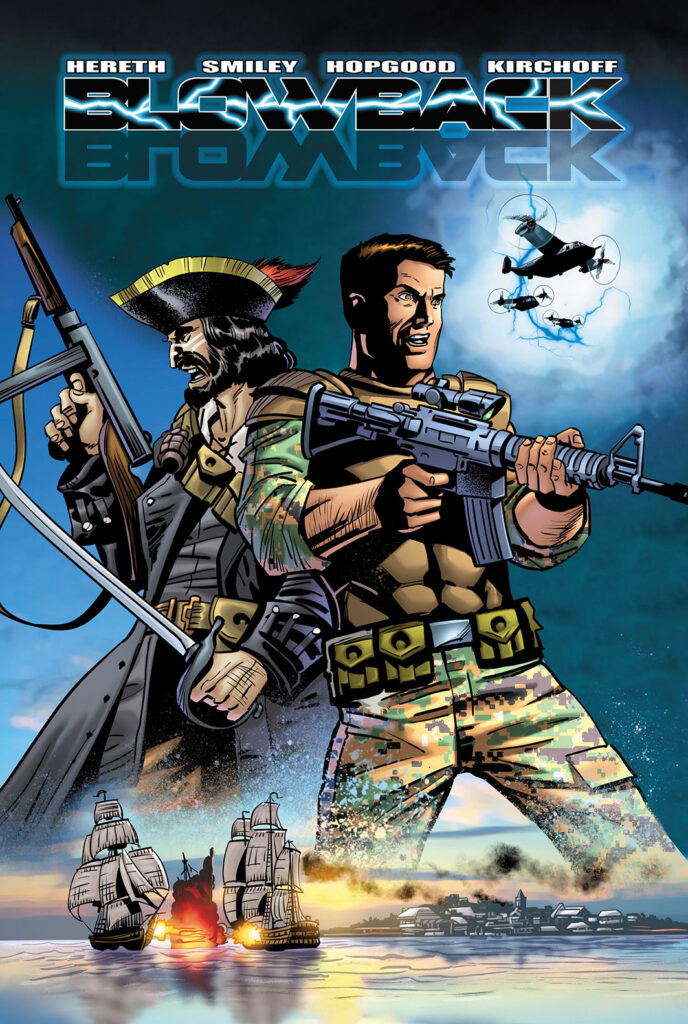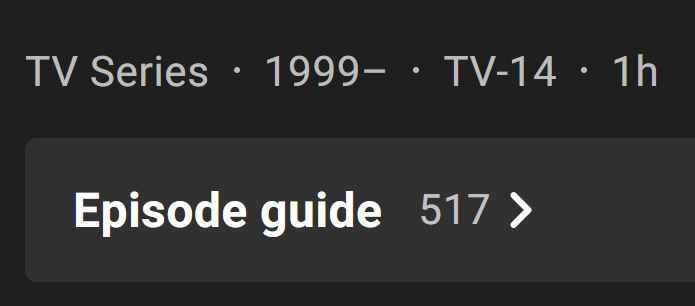This isn’t a post about the hilarious (but painfully accurate) sitcom, Episodes.
You should check that out, though, if you haven’t. Highly recommended for anyone in general, but even more so for writers.
No, this post is about the sometimes difficult task of coming up with stories when writing for a series. A difficult task we all very much want to be saddled with. When you get an opportunity to write a freelance episode, you jump at it.
Obviously, you start by doing your homework. You watch episodes of the show if they’re already available. If not, the story editor will likely provide you with the show bible and a few completed scripts.
Additionally, you might get a list of loglines for all episodes that have been produced or are in the process of being written. This is to give you an idea of what the stories for the show are like, and – more importantly – identify which ones are already “taken.”
Once you’re up to speed, it’s time for your imagination to get to work.
First and foremost, the series concept and characters are what’ll drive your inspiration. Make sure you dive into that world and explore. Ideas will likely just pop into your head. Some great, some less great, and more than a few half-baked. That’s what we call an excellent start.
But what if you draw a blank for some reason? Or the show has already done all the stories that leapt to mind?
Well, then it’s time to work your craft and manufacture that art.
Write What you Know
Your life and the life of the people around you is where a lot of stories come from. They’re identifiable, they’re real, and they’re dramatic.
If you’re working on a series about super spies saving the world, your life experiences might not end up generating your “A” stories. But they can still provide a nice subplot that’s emotional and gives even a super spy relatable struggles.
Search the Stacks

I’ve talked about visiting libraries and bookstores in the past. There, you can feed off all the stories that came before the one you’re about to create.
Sometimes, just seeing book cover art and reading titles on spines can provide a source of inspiration for something brand new.
It’s also a reminder of iconic storylines and paradigms that can be modified to almost any setting or character. Myths, legends, and fables. All ripe for the picking.
Who knows, maybe even a biblical story could be adapted into an Emmy-winning Ted Lasso episode.
Rip From the Headlines
Hard to type the following words these days, but the news can actually be your friend. On television, on websites, even printed on paper, are example after example of dramatic real-life stories. Life and death. Love and hate. A rich tableau.
Shows like Law and Order even go out of their way to promote the episodes inspired by current events.
An extension of this same type of leaping off point is the documentary category on every streaming service. Some facts are just begging to become fictionalized.
Put Some Lipstick on That Pig
Let’s not forget the classics. Storylines that come up again and again in popular culture.
For me, there are some concepts that I’m naturally drawn to. Favorite themes. Tropes, I suppose.
Archrivals teaming up to battle a common enemy. Or its flipside of two friends becoming temporary enemies. A character searching for something before realizing they had it the whole time.
The trick here is to take these classics and come at them from a new angle or with a new twist, specific to the series and characters.
If you reach the point where you have someone on two separate dates at the same time, or a parent trying to surreptitiously replace their kid’s deceased pet, you might want to go back to the drawing board.
Or just make it your own.
Bank It
Typically, you might pitch three or four story ideas at a time. Of those, you’ll probably only get one or two approved.
Don’t abandon your rejects.
While you’ll likely be most focused on writing out the approved episodes, take a minute and “bank” your rejected storylines.
You worked hard on those pitches. Make sure you add them to a separate and ongoing “story library” document. That way, when you’re trying to come up with new stories on subsequent series, you’ll have a deep well to draw from.
Granted, you’re not likely to be able to use your rejected magical princesses stories for your preschool talking trucks series. But you might be able to use your rejected talking truck series ideas for a subsequent talking car series. Or maybe a talking bicycle series.
You get the idea.
And getting the idea is the entire point.
________________________________________________________

Jim Hereth‘s latest project is his debut action/adventure graphic novel, Blowback, available now in digital and paperback editions at Amazon.
![[TEXTSMITH] BLOG](https://blog.jameshereth.com/wp-content/uploads/2016/07/cropped-cropped-BulbsPlus.jpg)
